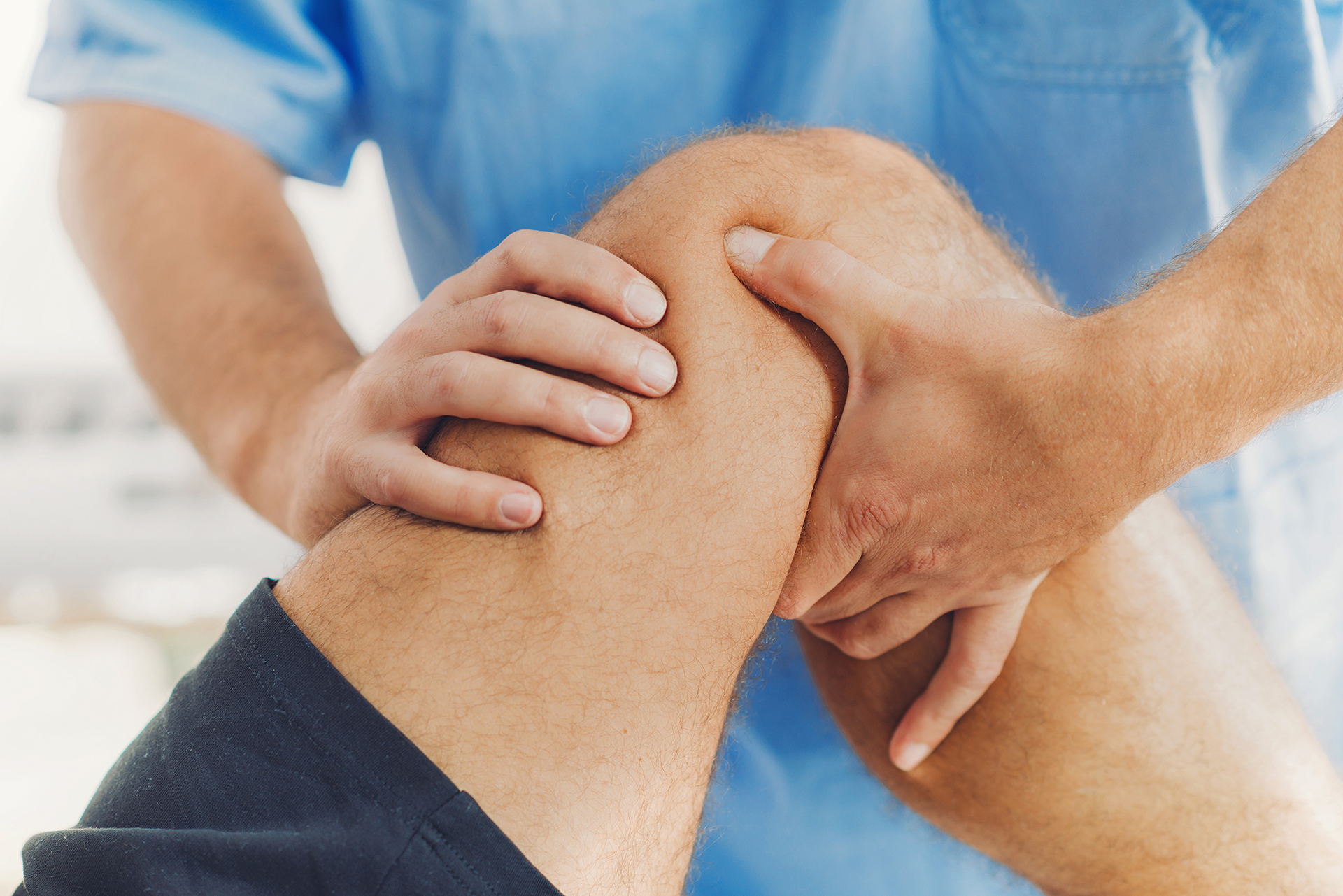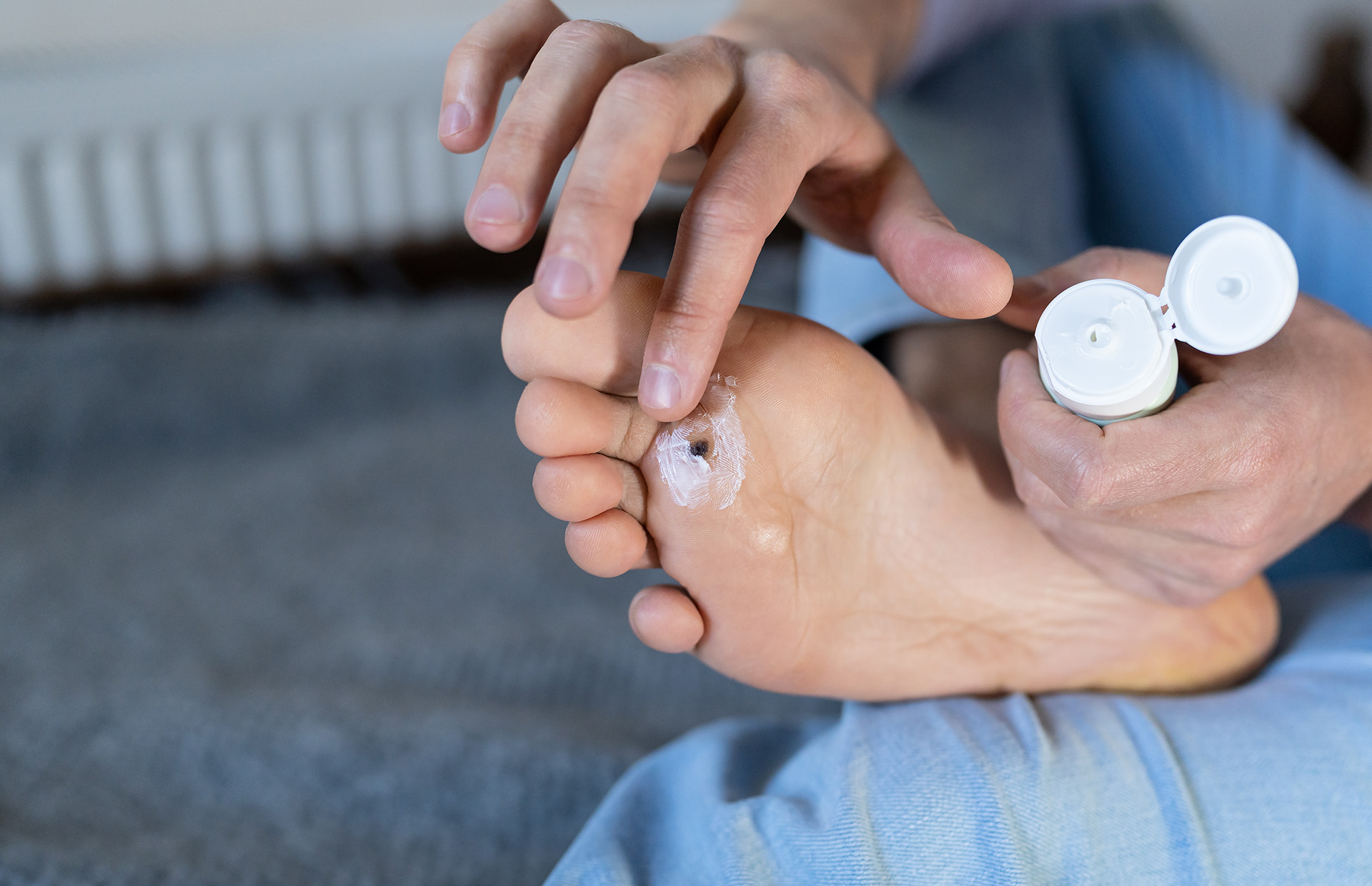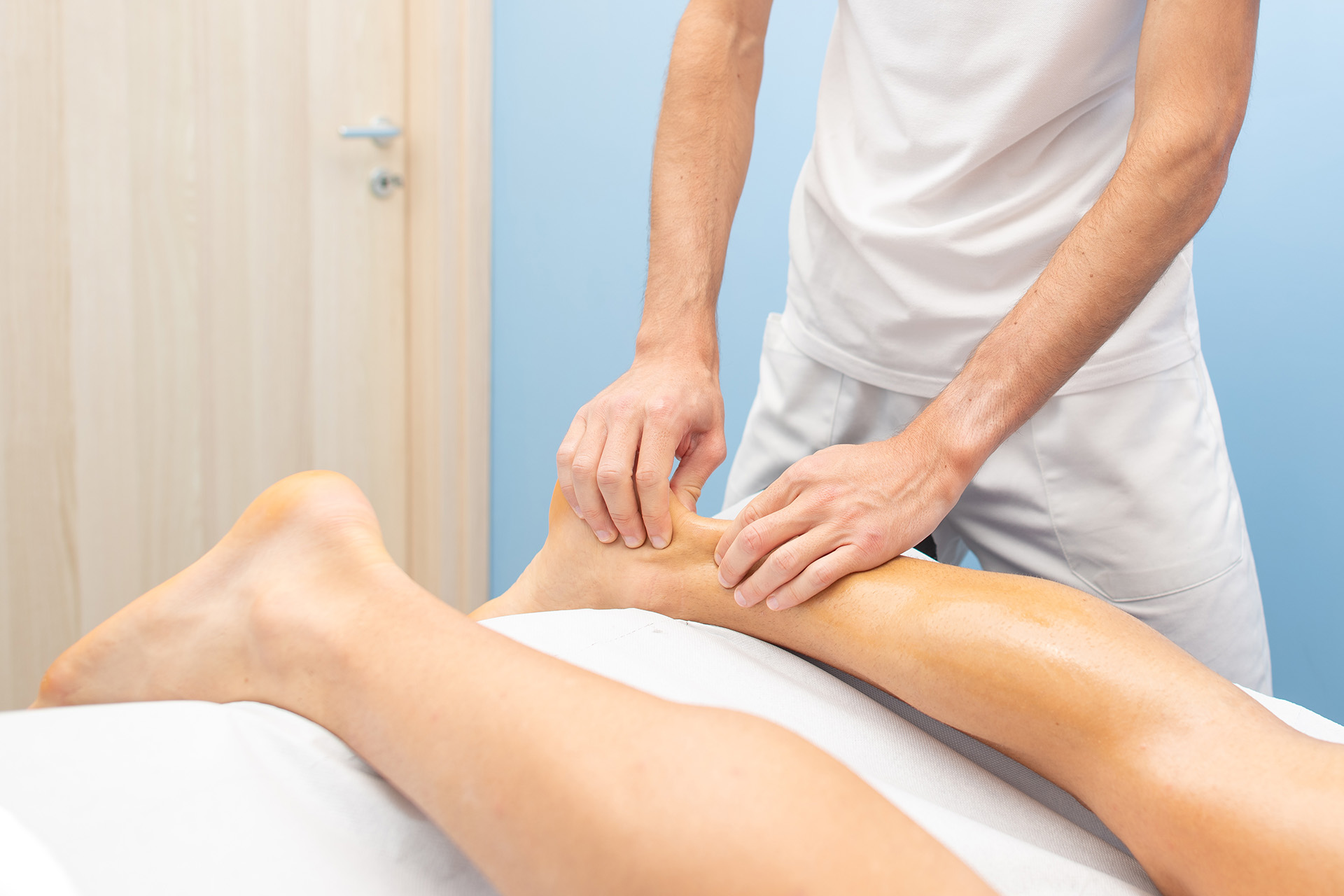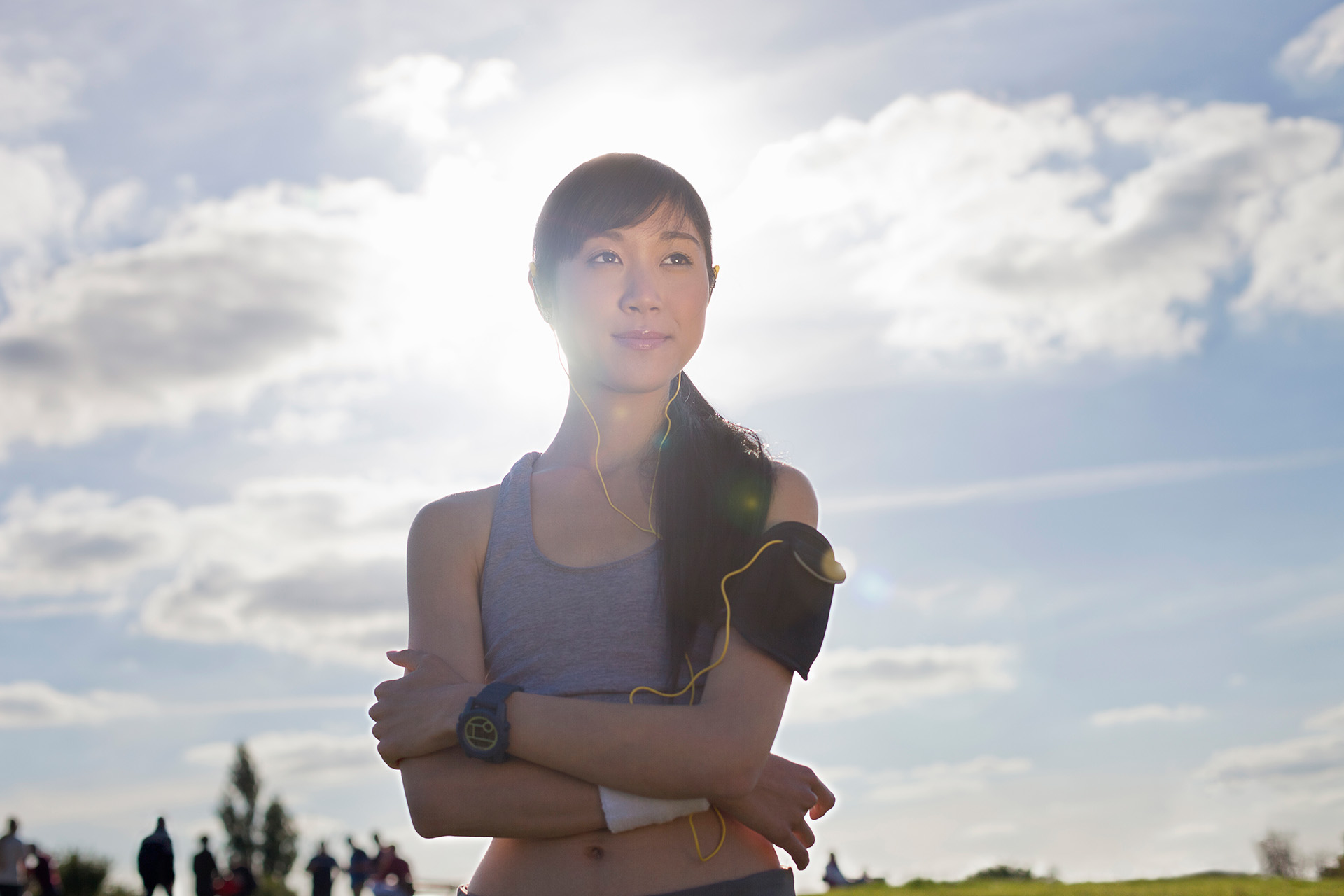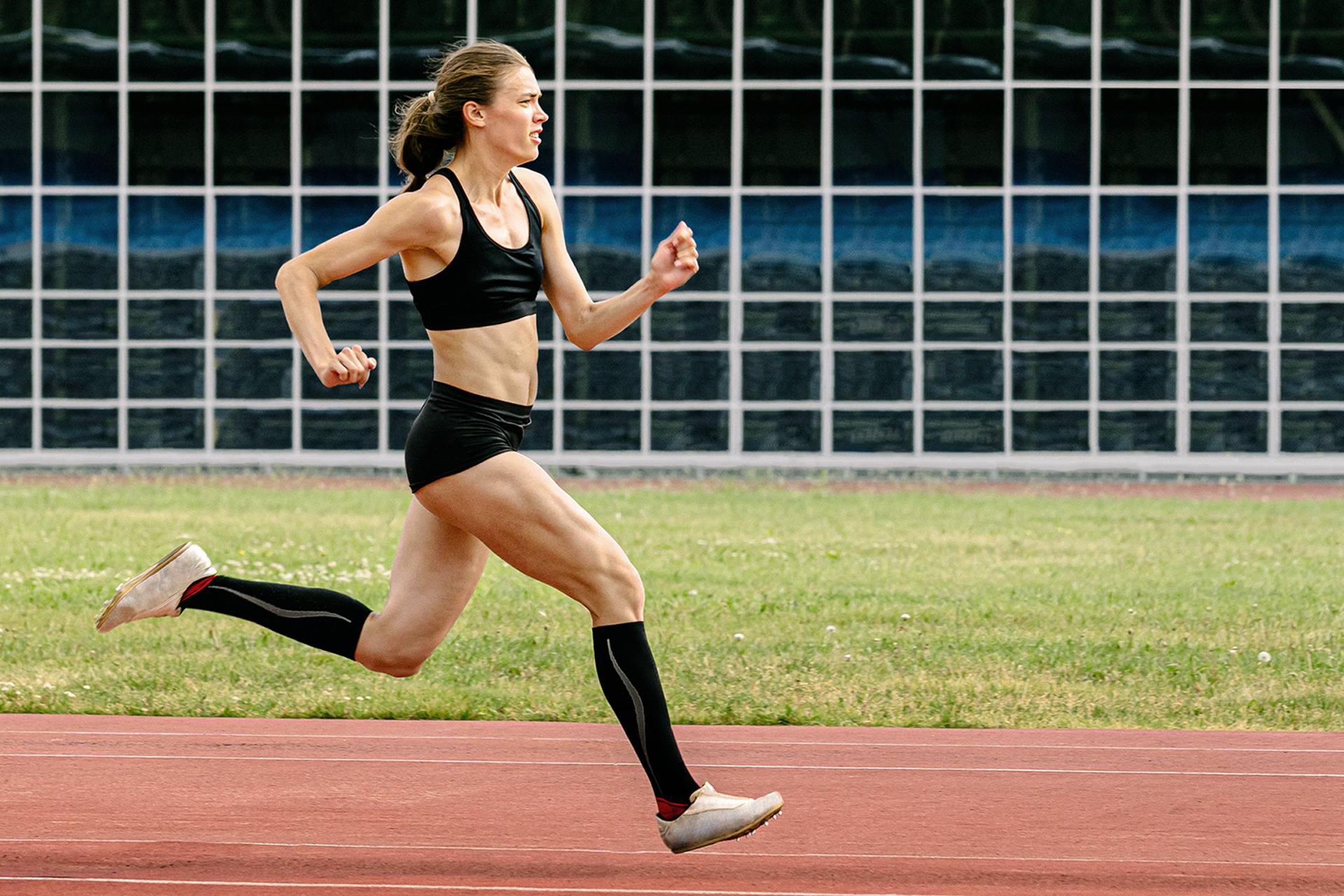Knock knees, medically known as genu valgum, refers to a physical deformity where the knees bend inward and touch each other when the legs are straightened and the ankles are apart. Knock knees are common in children but can also affect adults, causing discomfort, altered gait and potential joint issues if left untreated. At The Foot Practice, our expert podiatrists diagnose and assist in the management of knock knees through advanced podiatric approaches tailored to each individual’s needs.
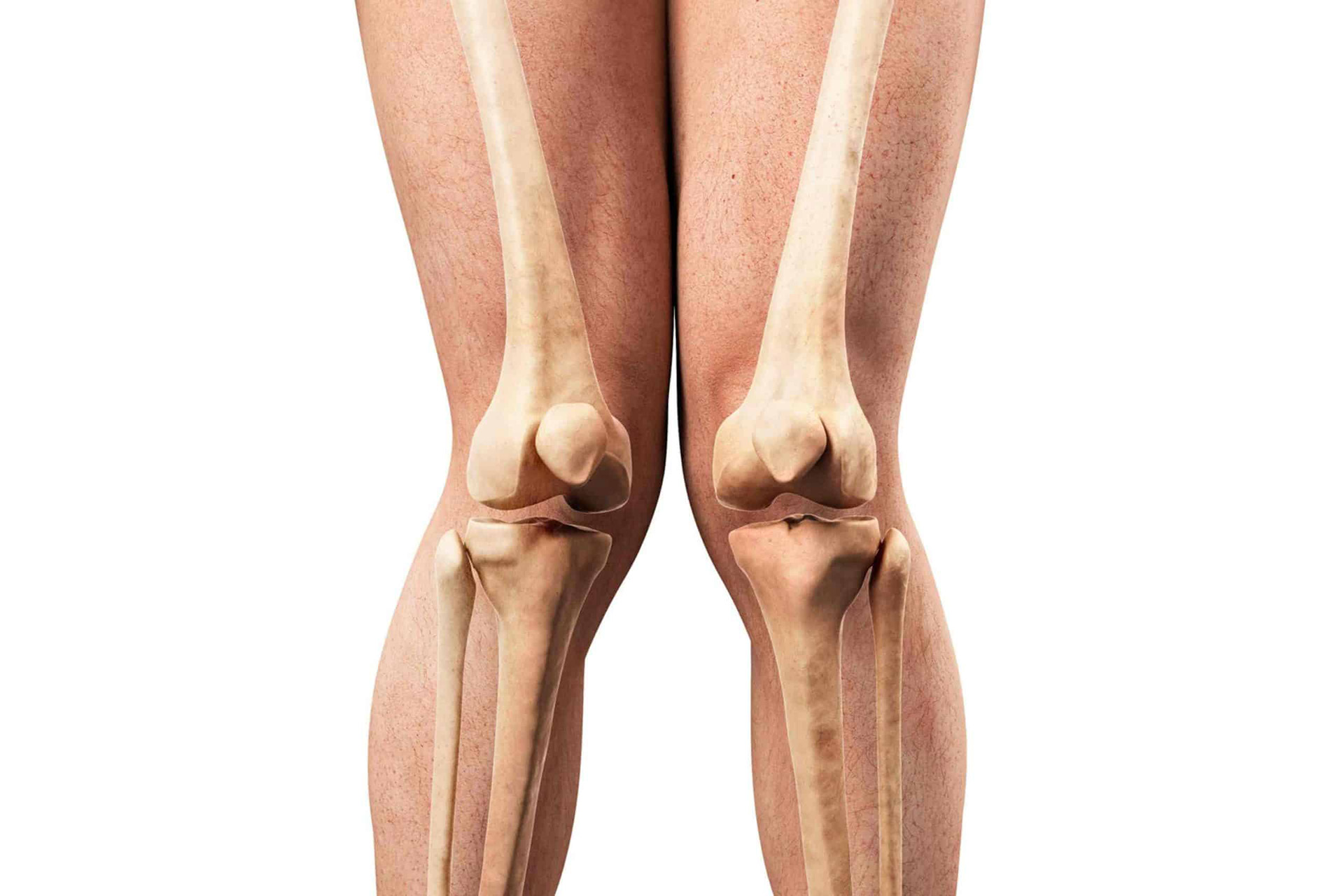
What Are Knock Knees?
Knock knees occur when there’s a gap between the ankles while the knees are together. Many toddlers have knock knees as part of normal development, and this usually resolves on its own as they grow. However, if children who have knock knees continue to show the condition beyond age 7, or if it develops in adulthood, it may need medical attention.
Several factors can contribute to the development of knock knees:
- Physiological Development: In young children, knock knees are a regular part of growth and typically resolve without intervention.
- Genetic Factors: A family history of knock knees can increase the risk of developing the condition.
- Nutritional Deficiencies: Conditions like rickets, caused by Vitamin D deficiency, can affect the growth plates and lead to bone deformities such as knock knees.
- Injury or Infection: Trauma to the growth area of the shinbone or thighbone, or infections like osteomyelitis, can damage the bone and cause knock knees.
- Obesity: Excess weight puts additional stress on the knees and can affect their alignment.

Symptoms and Diagnosis of Knock Knees
The most apparent symptom of knock knees, or genu valgum, is when a child stands up and the knees are touching, but there is a gap between the ankles. This alignment of the knees makes the legs appear to bend inward. Following this, the patient may experience discomfort or pain in the knees or legs, as well as limited flexibility and difficulty walking or running. In some cases, children may develop an unusual gait or experience fatigue after engaging in physical activity.
Diagnosing knock knees involves a physical examination to assess the alignment of the knees and legs. A healthcare professional will observe how the knees and ankles align when the child stands or walks. Following that, X-rays are often used to evaluate the structure of the knee joint and the degree of the deformity. These imaging tests can also help identify any underlying causes of knock knees, such as bone disease or Vitamin D deficiency.
Accurate diagnosis is essential as the condition may be caused by factors that require specific treatment, such as addressing a Vitamin D deficiency or managing a bone disorder. Early identification of the symptoms of knock knees enables the development of an effective treatment plan, which may include observation, physical therapy, bracing, or, in rare cases, surgery.

Are Knock Knees Normal in Children?
Knock knees in children are relatively common and usually a harmless part of normal development. Most children with knock knees don’t need any special treatment, and the condition usually resolves on its own as the child grows. In fact, up to 99% of children with knock knees will see their legs straighten out by the age of 7. Children with knock knees can participate in normal physical activities and don’t need to wear braces or special shoes.
However, there are situations where knock knees in children may be a sign of an underlying medical condition, such as rickets or another bone disease. If the condition is severe, affects only one leg, or persists beyond the age of 7, it’s best to seek medical attention.
Early intervention may include:
- Monitoring Growth Patterns: Regular checks to track changes in leg alignment.
- Physical Therapy: Exercises to strengthen muscles and improve posture.
- Orthotic Devices: Use of braces or shoe inserts to guide proper alignment during growth.
Parents should also be aware if their child is in pain, discomfort, or experiences changes in their gait or development. In these cases, a healthcare professional can assess the child and recommend treatment. Regular monitoring ensures that the condition doesn’t worsen and the child’s development remains on track.
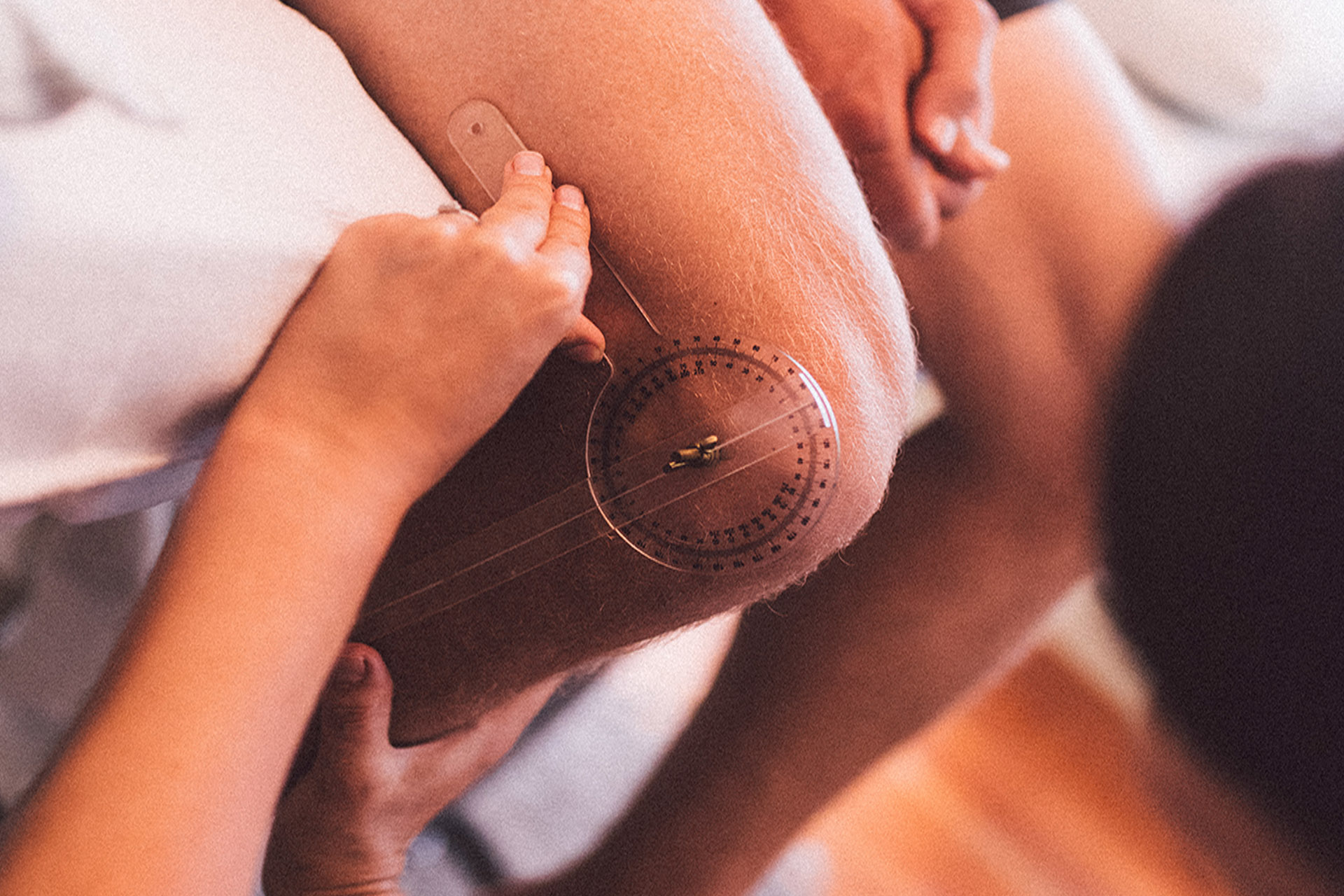
Can Knock Knees Be Fixed Without Surgery?
In many cases, especially if diagnosed early, knock knees can be managed without surgery. Non-surgical treatments focus on correcting alignment and strengthening the muscles around the knees. These include:
- Custom Orthotics: Specially designed shoe inserts can help distribute weight evenly and correct foot positioning, which in turn affects knee alignment.
- Physical Therapy: Exercises targeting the hip abductors, quadriceps, and hamstrings can help improve leg alignment. Physical therapy programmes for knock knees should be individualised to each person’s specific needs.
- Lifestyle Modifications: Weight management and avoiding activities that put undue stress on the knees can help prevent the condition from worsening.
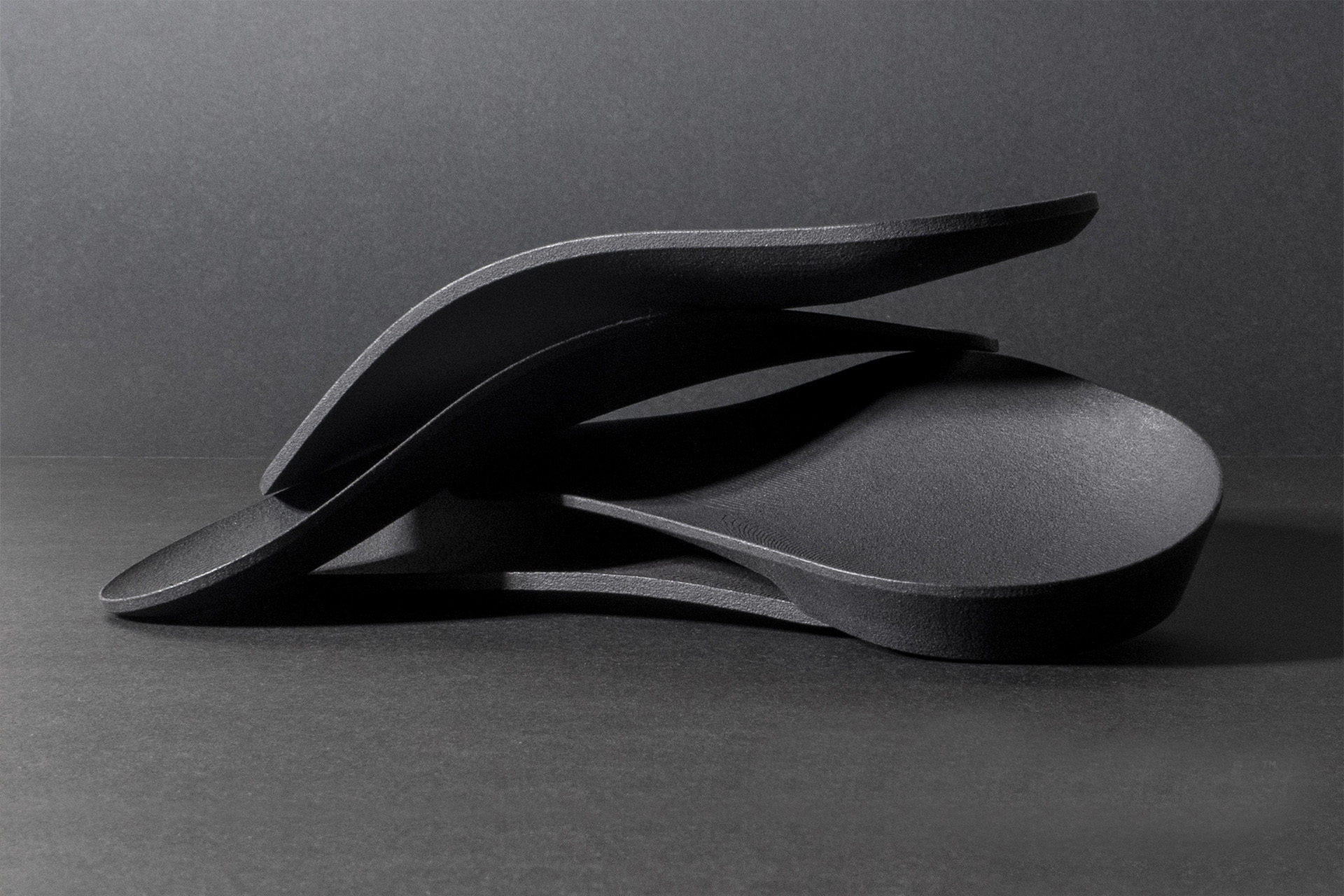
Can Knock Knees Be Cured by Exercises?
Exercise plays a big role in managing knock knees. Strengthening and stretching specific muscle groups can lead to improved alignment and reduced discomfort. Effective exercises include:
- Clamshells: Strengthen the hip abductors, especially on the outer side of the leg, to support knee position.
- Side-Lying Leg Raises: Target the outer thighs and hips, focusing on the side of the leg to help correct alignment.
- Step-Ups: Enhance quadriceps strength and can be adjusted to emphasise either the inner or outer side of the leg.
- Hamstring Curls: Strengthen the back of the thighs, supporting the knee position from the posterior side of the leg.
- Bridge Exercises: Improve gluteal strength, which helps stabilise the knee position by engaging muscles on both sides of the leg.
Consistent practice of these exercises under the guidance of a podiatrist can lead to significant improvements.
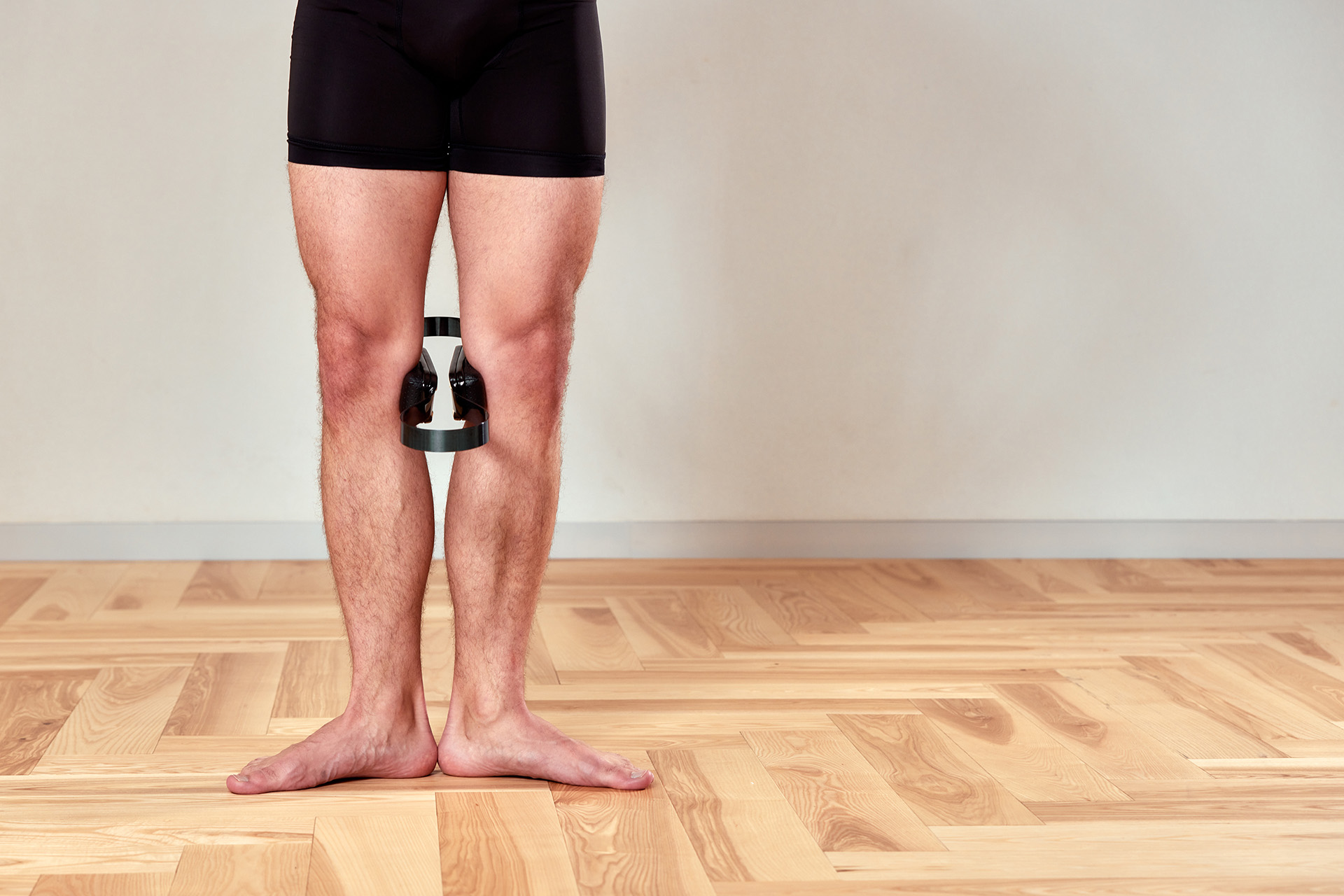
Can Knock Knees Be Fixed in Adults?
While treatment is often more straightforward in children due to their growing bones, adults can also benefit from non-surgical interventions. It is not as simple as thinking how to straighten legs with knock knees. It takes a range of different strategies for adults, such as :
- Orthotic Support: Custom orthotics can alleviate discomfort and improve alignment.
- Targeted Exercises: Strengthening and stretching exercises tailored to the individual’s needs.
- Advanced Therapies: Techniques such as Shockwave Therapy can stimulate healing and enhance muscle function.
Surgery may be necessary for knock knees in adults that don’t respond to non-surgical treatment. In cases where non-surgical methods are not enough, osteotomy may be considered to correct bone alignment.
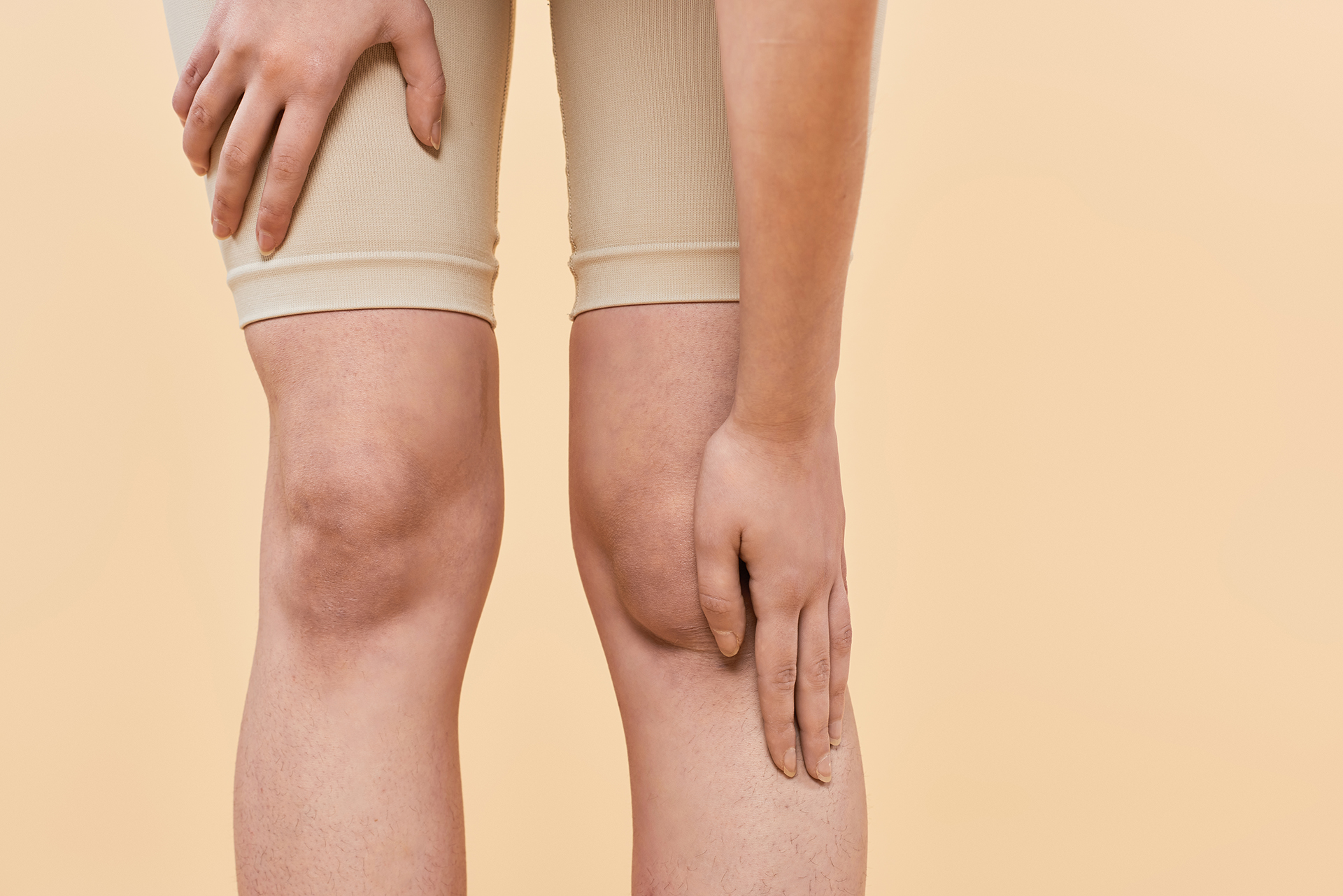
Knock Knees Management at The Foot Practice
At The Foot Practice, we take a holistic approach to managing knock knees and support knock knee correction using:
- Footwear Assessments: An assessment and recommendation of footwear to support proper alignment, based on your condition.
- Mobilisation Exercises: Techniques to improve joint mobility and muscle flexibility.
- Custom Orthoses: Custom orthotic devices to correct foot positioning and reduce stress on the knees.
- Shockwave Therapy: A non-invasive treatment that uses sound waves to stimulate healing in affected tissues.
- RehaWalk® Gait Analysis: Pressure sensor treadmill technology that assesses walking patterns and identifies areas of concern.
We combine these to create individualised treatment plans for each patient to achieve the best possible outcomes and quality of life.
If you or your child is experiencing knock knees, contact The Foot Practice today to book an appointment and start your journey to better mobility and comfort.

